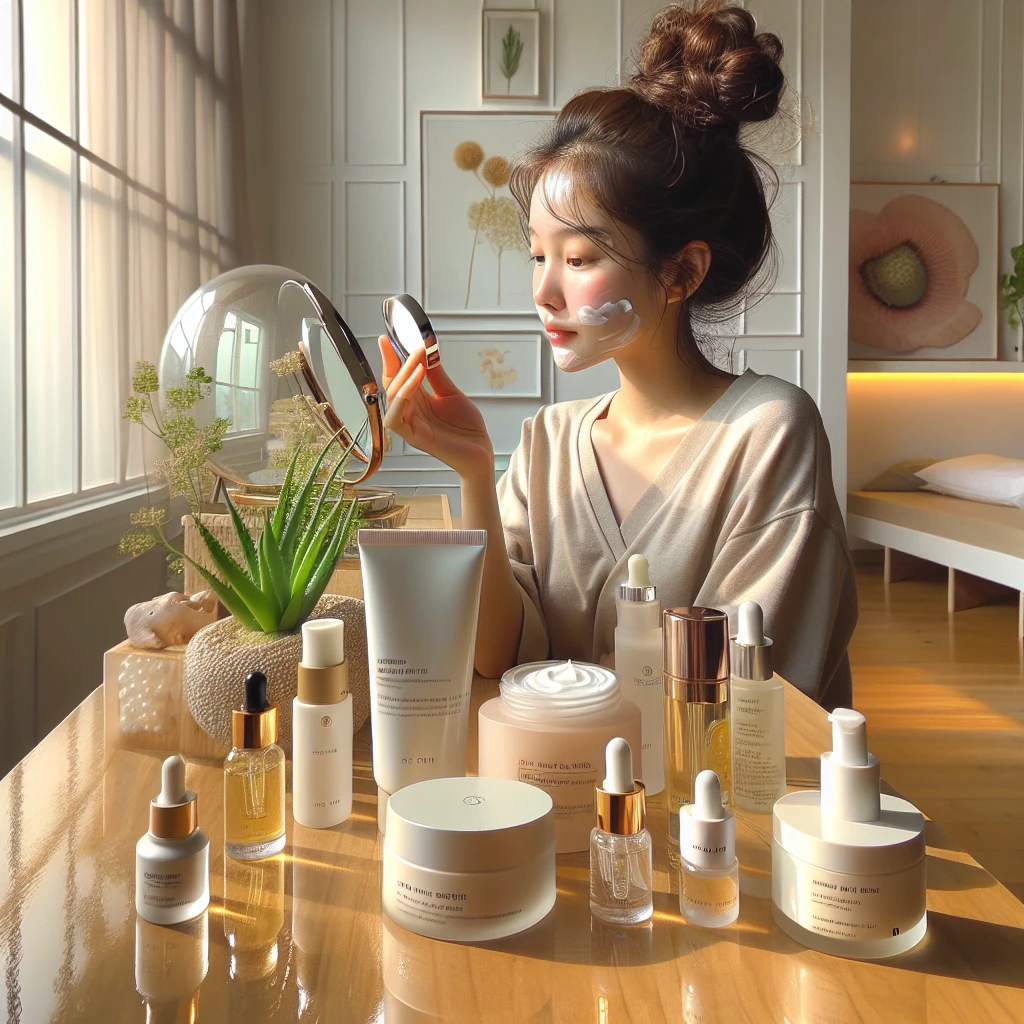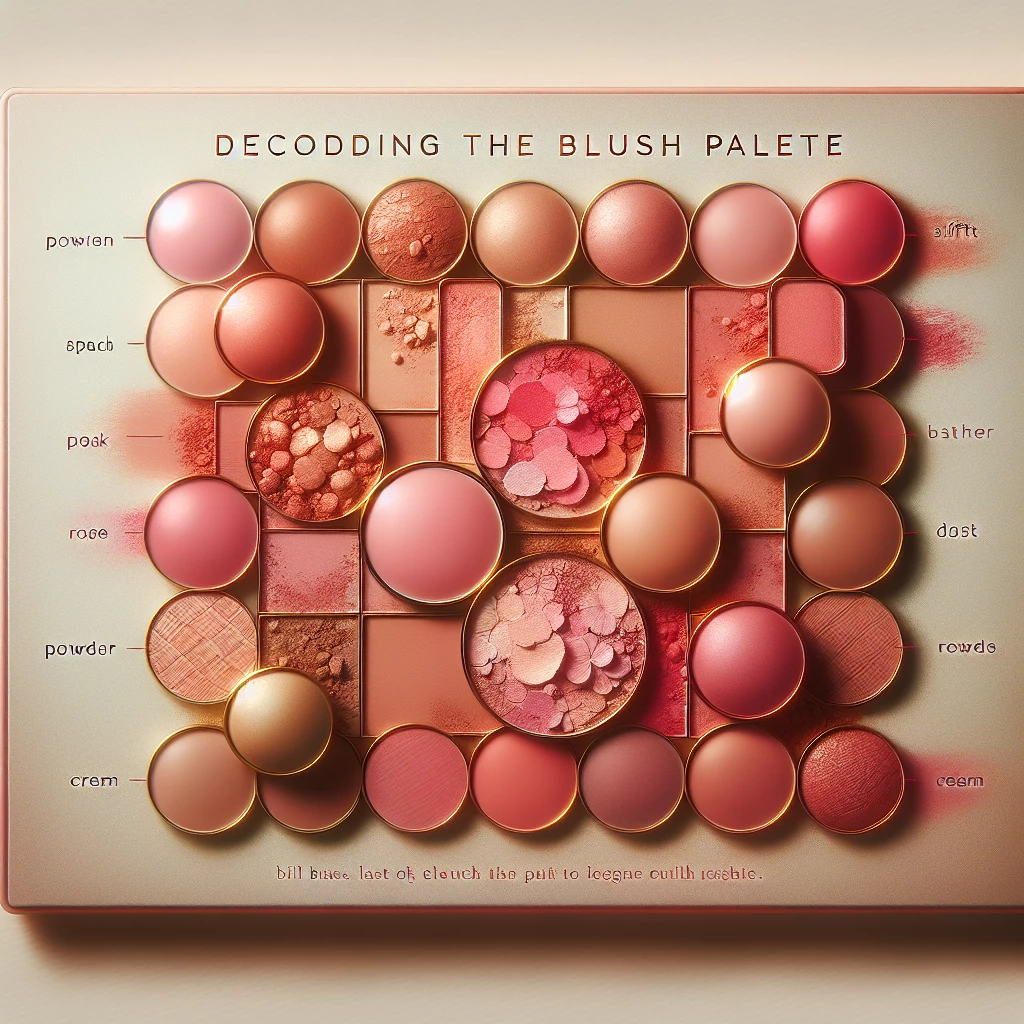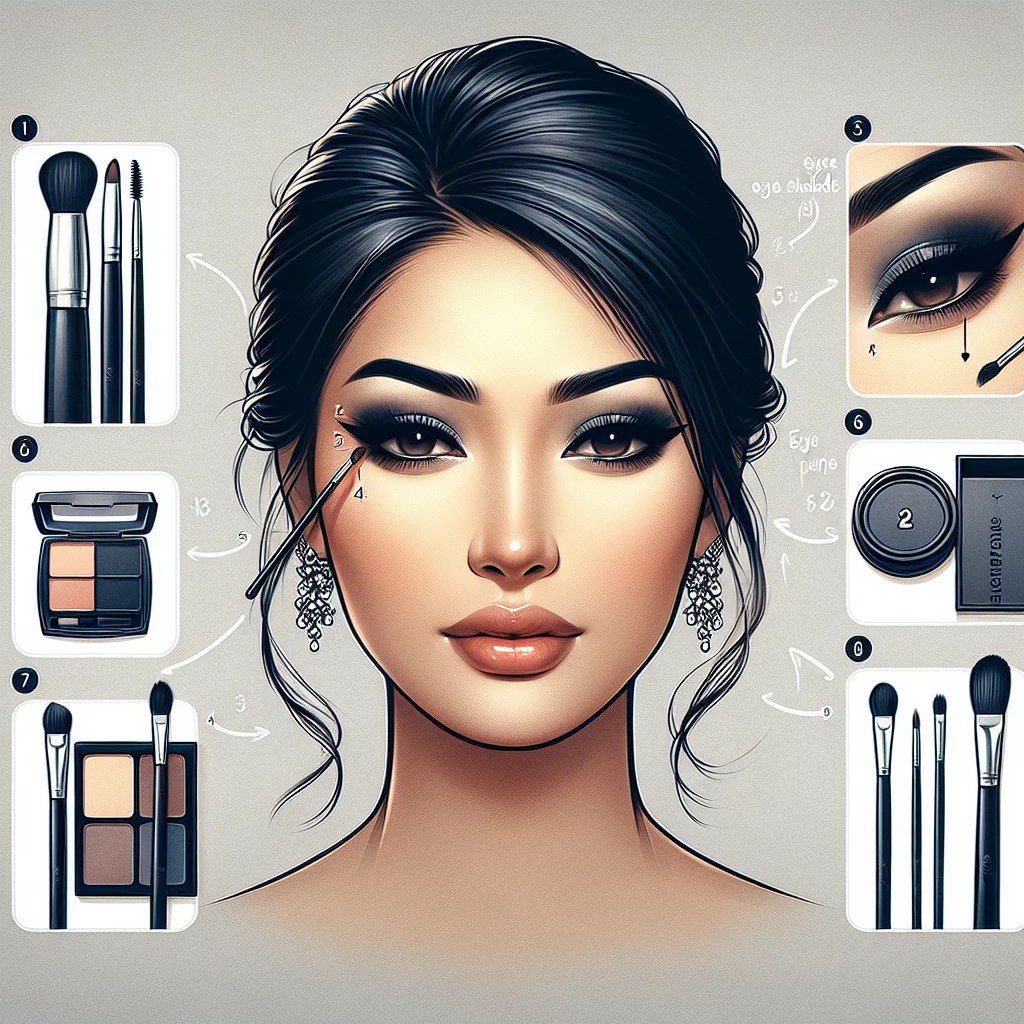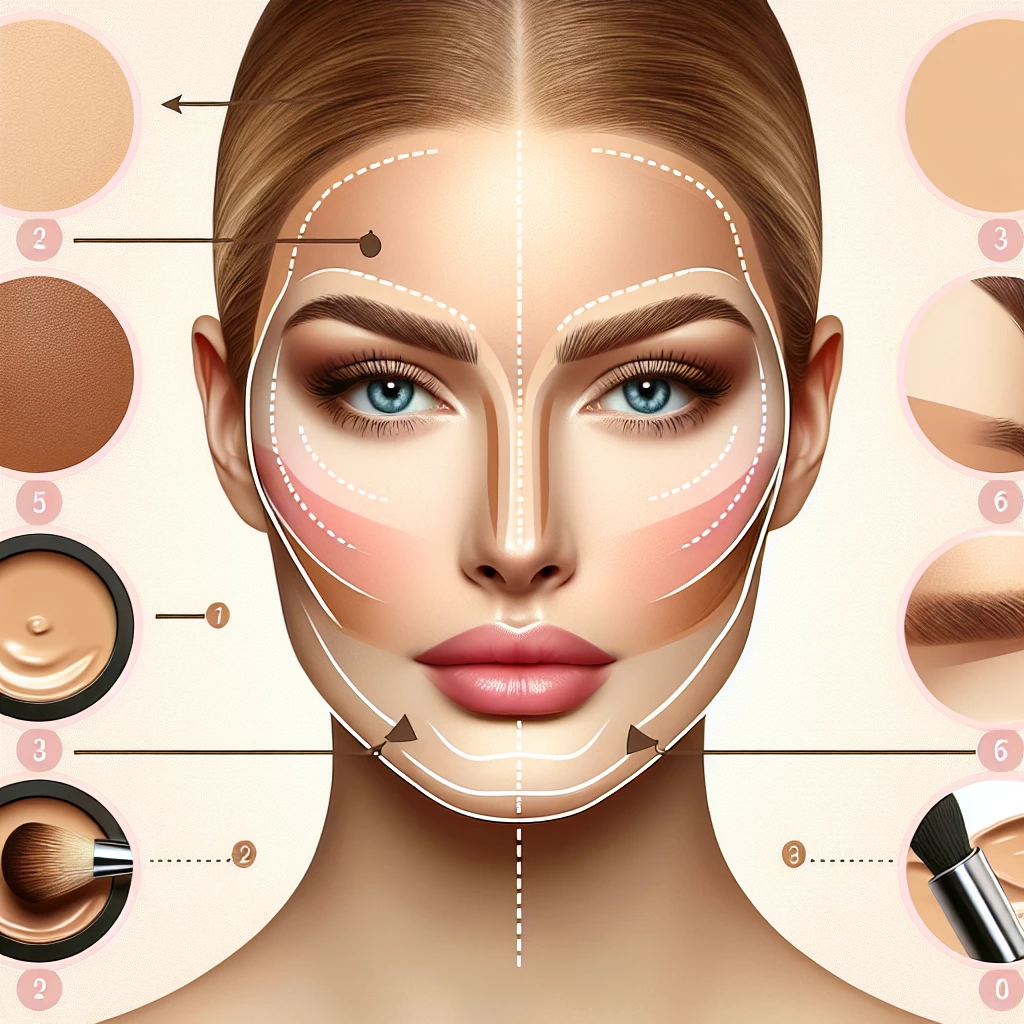Mastering the art of contouring is a game changer in any makeup enthusiast’s repertoire. Being one of the most transformative makeup techniques, it has the power to redefine your facial structure in an incredible way. But, using this technique needs understanding and practice to create that perfect sculpted look. In this article, we'll delve into the details of contouring and how you can use it to achieve a beautifully sculpted and defined face makeup.
Understanding Contouring
Contouring is a makeup technique that primarily uses shading to define and enhance the structure of the face. It is the art of using makeup to create shadows and highlights on your face to mimic the effect of light and redefine your facial features.
The purpose of contouring is to enhance your natural face shape and give it a more sculpted look. The key to mastering contouring is understanding your face shape and knowing where to place the shadows and highlights.
It might seem a little overwhelming at first, but with the right tools and techniques, anyone can master the art of contouring. It's not about completely changing your face, but enhancing and defining your natural features.
Tools and Products for Contouring
To get started with contouring, you will need some basic tools and products. The most essential tool for contouring is a contour brush. The shape of the brush is important as it ensures your product is placed in the right area and blended properly.
Other than the contour brush, you will need contour and highlight products. Contours are usually darker shades that are used to create shadows and give the illusion of a receding area. Highlights, on the other hand, are lighter shades used to draw attention to certain areas.
You can find contouring products in various forms like creams, powders and sticks. It's up to your preference to choose what you find easiest to work with.
Contouring Techniques
Begin by applying a base of foundation on your face. This will ensure a smooth canvas for your contouring. Determine your face shape and where you need to place your contours. Common areas to contour are the hollows of your cheeks, your jawline, the sides of your nose, and your temples.
Apply your contour product with your contour brush along the areas you have determined. Using a sweeping motion, blend the product into your skin. Be sure to blend thoroughly to avoid harsh lines.
Apply highlight to the areas you'd like to emphasize. Common areas to highlight include the center of your forehead, down the bridge of your nose, your cheekbones, and your chin. Blend your highlight into your skin to achieve a natural glow.
Common Contouring Mistakes
Using the wrong colour or applying too much product is one of the most common mistakes in contouring. Remember, less is more. The contouring should look natural and not too dramatic unless you're doing it for a stage or photoshoot.
Another common mistake is not blending your contour and highlight properly. Harsh lines and spots can ruin your perfectly sculpted look. Make sure to blend your product properly into your skin for a seamless look.
Lastly, not taking your face shape into consideration can result in unflattering results. Make sure to understand your face shape and apply contour and highlight accordingly.
Practice Makes Perfect
As with any makeup technique, mastering contouring requires practice. Do not get discouraged if your first few attempts don't yield desired results. Keep practicing and try different techniques and products until you find what works best for you.
Contouring can be a powerful tool in your makeup arsenal if done right. So invest some time and effort into learning and practicing this technique.
Remember, makeup is all about expressing yourself and having fun. So enjoy the process of learning and creating different looks.
Learning to contour can open up a world of possibilities in your makeup routine. It has the power to subtly sculpt and define your facial features to create the look you desire. While it may seem intimidating at first, with the right knowledge, tools, and techniques, anyone can master the art of contouring. So pick up your brush and palette, it's time to start exploring this fascinating world of facial sculpting!

The Magic of K-Beauty
Explore the trend of Korean beauty and what makes it a global phenomenon.

Decoding the Blush Palette
A comprehensive guide to using different shades of blush for various skin tones.

Creating Smokey Eyes: A Guide
Understand the art of achieving the perfect smokey eye look for any occasion.

Unmasking Lip Gloss Trends
Dive into the world of lip gloss, tracking its evolution and the latest trends.
